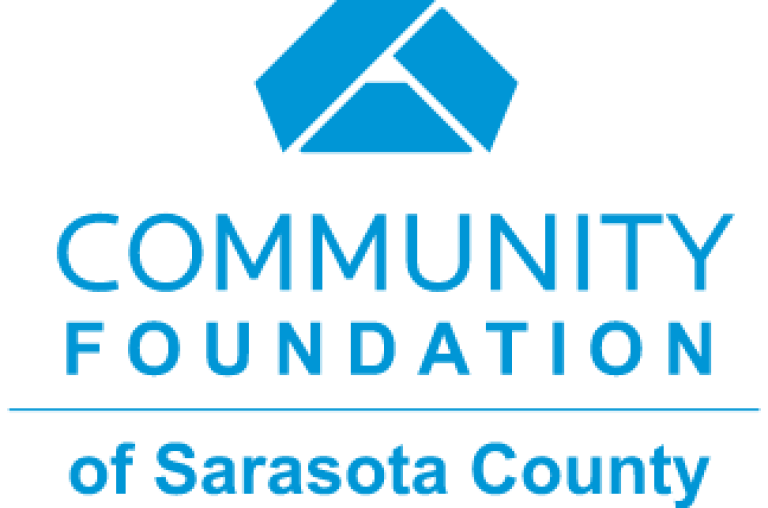September 1, 2024
Lessons from a Slalom Ski: Falling and Getting Back Up
Categories: COMMUNITY CARE: Emergency Needs & Disaster Relief, CEO Message, Response and Recovery, Suncoast Disaster Recovery Fund,
When I was a little girl, my father bought a used speedboat, and our family spent many summer days water skiing at the Lake of the Ozarks in central Missouri. If you’ve ever water skied, you know the rewards of the sport come from tenacity: you fall a lot and you have to learn how to get back up to make the most of it. As a child, I discovered countless lessons in the lakes: I learned how to persevere, take smart risks, and remain balanced in ever-changing waters. Maybe most importantly, I learned about leaning into joy.
Getting up on a slalom ski once again presents a different challenge decades later. This past July, I traveled to visit my siblings and vacation at the Lake of the Ozarks. It’s been a few years since I’ve skied, and after a two-year break, it took me three tries to get up on the slalom ski. I realized I just needed to stick with it since I was determined to get up, and when I did, I was overjoyed to rediscover the sheer bliss of floating atop the water.
Playing in nature is one of the most rewarding activities, and we in this community are fortunate to have an abundance of natural treasures. Nature, though, is far more powerful than we are, and this is a hard lesson that our community is learning in new and difficult ways, especially in recent years. We have to learn to exist with nature, on nature’s terms. Sometimes, that’s a matter of being prepared to expedite recovery when disaster strikes.
With that in mind, we are working with our partners at The Patterson Foundation to expand the scope of the Suncoast Disaster Recovery Fund. Originally created to address damage to our community wrought by Hurricane Ian, the Suncoast Disaster Recovery Fund will be perpetual, a ready resource for recovery, whatever the storm.
Causing $115 billion in damage across the state of Florida, Ian ushered us into a new paradigm. That storm propelled our Suncoast Disaster Recovery Fund, an initiative focused on Ian-related losses and the long-term, holistic rebuilding of our community. In the first several weeks following that storm, this community and kindhearted people from around the nation stepped up and raised more than $5 million to invest in the long-term work of recovering people’s lives, which can take years. For our foundation, that has been demonstrated by supporting the rebuilding and repairing of homes, helping survivors navigate insurance, restoring vital community services like childcare, and more.
As we approach the two-year anniversary of Hurricane Ian’s landfall, we have just allocated a new round of grants. A good share of the funding has now been invested, dollars that have been thoughtfully and strategically granted according to guidelines from the Center for Disaster Philanthropy and other trusted partners, including a Task Force we convened in those early days to embark on a listening tour that allowed us to learn about local community needs.
One recent grant, to EPIC Community Resource Center, illustrates the nuanced unmet needs that remain in hard-hit Englewood, a community in Sarasota County where 44 percent of the population live at or below the ALICE threshold—these are households where residents are employed but barely able to cover basic monthly expenses, let alone bounce back from a disaster as catastrophic as Ian. Since 2022, EPIC has provided basic needs, such as food, clothing, and shelter to more than 220 people each month, including families, homeless individuals and veterans. To assist with the mental health scourge that has hit those impacted by Ian, grant funding will also support mental wellness through a partnership with the nonprofit Samaritan Counseling Services.
We live in an area of natural beauty, but our greatest asset as a coastal community is also our greatest liability. Sarasota County far exceeds the national average in expected annual loss from natural hazards. The environmental hazard Risk Index rating for Sarasota County, determined by losses from disasters, social vulnerability, and community resilience, is higher than 98.4 percent of counties across the country, with our resilience rating as very low, according to the FEMA National Risk Index. We know that such natural hazards as Ian, Idalia and most recently then-Tropical Storm Debby are a part of life here, and preemptively seeding a recovery fund will empower us to prepare for and pursue recovery with agility.
Looking back on my life, I realize that many of my fondest memories—and those I continue to make—revolve around the magnificent, unparalleled joy that the wonders of nature alone can impart. Gliding along the water’s surface on a single ski is nothing short of exhilarating.
In our community, where that water provides us with immeasurable joy—whether we’re swimming in it, skiing on it, or just seeing it—we can appreciate the many ways it enhances our quality of life. Yet our coastal life leaves us vulnerable. We will fall. Learning how to get back up will ensure we make the most of it.
Let me know – what have you overcome and what lessons learned have stuck with you?
